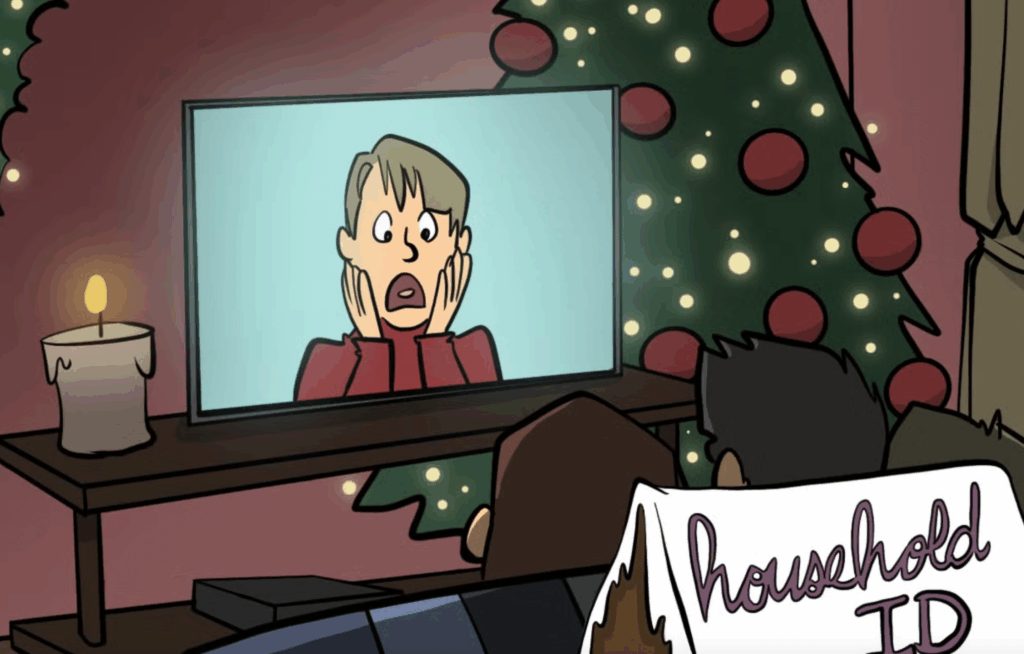December 30, 1974
Dear Reader:
If you’re old enough and lucky enough, you can remember lying in bed as a child and hearing, far off, the whistle of a steam locomotive as it pounded through the night. The wail was hoarse, mournful, inimitable. And once upon a time it was a siren song for any youngster.
You could imagine the engineer, red bandana round his neck, eyes riveted on the gleaming rails ahead, wind-blown and ruddy in the glow from the open fire door. You envied oh, how you envied the impossibly glamorous travelers in the spruce train behind, eating five-course feasts in the spotless dining car, ice tinkling in their wine buckets. Or snug in their berths behind swaying green curtains in the long Pullmans, each car lettered with its name. “Someday,” you told yourself, “Someday…” It was magic.
Someday, lackaday. Such high-style overland travel is almost gone, as someone has said, with the wind. But as all of us who remember can tell all of us who were a bit too young, railroads were once magic carpets for Americans. The miraculous iron horse changed our modes of life more radically than any mechanical device before or since, from steel plows to airplanes.
Railroads are obviously an important part of the American experience. That’s one reason why our editors are now at work on a first-rate, expertly written and illustrated history of the subject.
But I’m inviting you to look at the completed book for more reasons than its “importance.” As you already know, a proper history of railroads is bound to include invention, skullduggery, wild economics, outrageous politics, dashing adventures, and a motley cast of characters. A great history of American railroads, I think you’ll agree, should also include a touch of the magic you or your parents, and theirs once felt.
And that touch will be evident in our forth-coming AMERICAN HERITAGE HISTORY OF RAILROADS IN AMERICA. Here I’d like to tell you about the book, make some heady claims, and offer to prove them by sending you a copy late this summer, on approval, and at a good bargain.
To get the magic as well as the facts of that important, colorful story into one illustrated book calls for someone who has an intimate knowledge of America’s history, and more than a bit of railroading experience. Ideally, this historian should also have ready access to the archives of railroad pictures and art; and the ability to write with precision, economy, and wit.
Not by happenstance, our author with all those qualifications built in is Oliver Jensen. For two decades he has been the editor of the world’s biggest and best-known history magazine, American Heritage. All his life he has been a railroad buff. And he founded and is chairman of the Valley Railroad of Essex, Connecticut. It features antique steam engines and restored wooden coaches.
He starts with the achievement of the wonderful 19th-century “locomotive engine”: For the first time, you could move across the land without using leg power of some sort! That thought simply hadn’t occurred to right-thinking people since the world began. Even the idea of an “engine” was new in 1830, when The Best Friend of Charleston, the first practical U.S.-built locomotive, began to haul goods and people. (So new that six months later, The Best Friend’s unsuspecting fireman, annoyed by the hissing safety valve, sat on it to gain a few quiet moments … his and the boiler’s last.)
But wonder turned to love, and to avarice, in short order. “Railroad fever” brought a mania for wildcat railroad enterprises…and a push of rails to the new western states. “West” in the 1830’s and ’40’s meant Ohio, Indiana, Illinois. And access to their rich lands quickly emptied New England’s hardscrabble farms of ambitious young men, and built the first railroad city: Chicago.
Early on, you’ll come across familiar names in new roles. For example, that foxy young railroad lawyer, Abraham Lincoln of the Illinois Central; U.S. Secretary of War Jefferson David, espousing the virtues of a southern route for the projected transcontinental railroad; Peter Cooper, racing a horse with his Tom Thumb engine; John Quincy Adams, escaping injury in the first train wreck; and Andrew Carnegie as a young train dispatcher.
A B.&O. train was stopped by John Brown’s men during the bloody raid at Harper’s Ferry. Once released, the conductor wired the first news of Brown’s threatened rail blockade and U.S. Marines were rushed to the rescue, by train. From the Civil War on, railroads were to be part and parcel of all military strategies.
But not even war could stop the drive west. Lincoln signed the Pacific Railroad Act on July 1, 1862, chartering two companies to complete the first Atlantic-to-Pacific rail link. “The Great Highway of Nations between OCCIDENT and ORIENT,” as the ads had it, was completed just seven years later. What rousing stories there ware to tell about railroading in the 1860’s! The stolen “General” and the great locomotive chase, Promontory Point and the golden spike, the real emergency that tested the first air brake…
RAILROADS IN AMERICA will put you on scene at these historic occasions, with fine reproductions of wartime Brady and Gardner photos; with paintings and sketches made by artists who followed the Irish and Chinese track layers into the Rockies; with a moving picture essay of Lincoln’s funeral train; with enticing posters (“83 hours, coast to coast!”), and photos of spidery trestles and tangled wrecks.
The whole saga of our railroads is one of the most picturesque and best-pictured in America’s history. So the 300-and-more carefully chosen illustrations in the book are remarkably evocative windows to the past.
You’ll see how the notorious railroad robber barons of the late 19th century were often viciously lampooned by press cartoonists. And you can understand why they were so cordially hated: Among other tyrannies, U.S. cavalrymen were used to break a strike that had been called because the Pullman Company cut its workers’ wages, but not the rents for the Pullman-owned tenements. There were reasons aplenty by the turn of the century for America’s biggest business to become our most stringently regulated one as well.
But of course railroads were also an economic force that simply coined capital, built cities, populated our plains, made a national market, and could take you anywhere in the U.S.A. Key West, Death Valley, Pike’s Peak in posh style. So by and large, although there was plenty to complain about, there was more to love. America’s passion for railroads continued well into the 1930’s.
A chapter looks at the great “name” trains, such as The 20th Century Limited, The Overland Limited, The Santa Fe Chief and the music and literature and art they inspired. Another shows you in the workmen: the lordly engineer; the fireman, with his giraffe-necked oil can; the busy conductor, turnip watch in hand; the lantern-swinging brakemen; the sledge-hammering trackmen, called gandy dancers…
Then a couple of spectacular chapters lead you through the crowded, bell-echoing palaces we once had for depots, up the long red carpets, and aboard sinfully luxurious cars with pump organs to sing around, plush and inlaid-rosewood dZ



